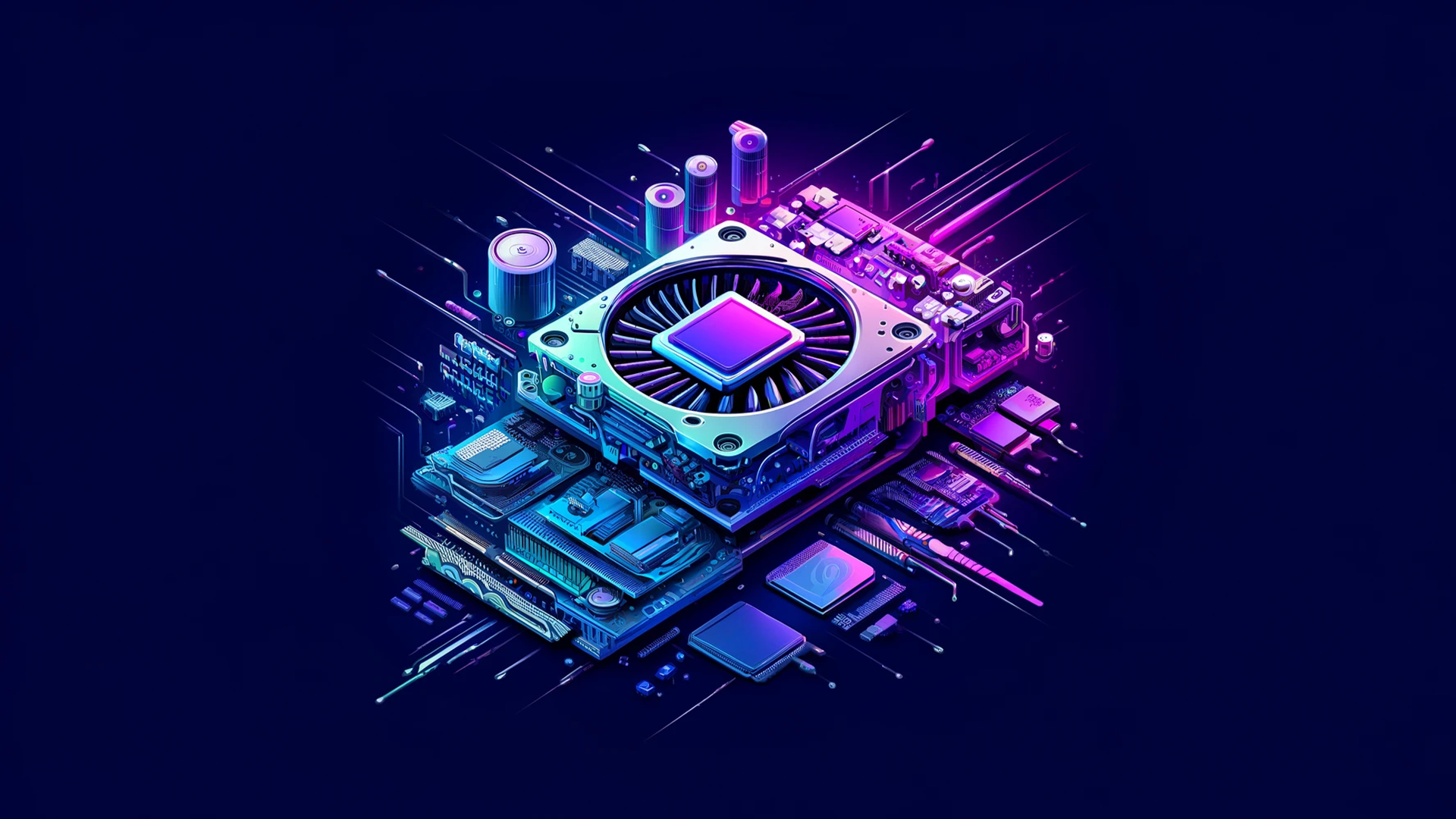In an era where the demands for computational power are surging across industries, GPU clusters have emerged as a transformative force. By combining the power of multiple GPUs, these clusters address complex workloads with exceptional speed and efficiency. When deployed within a Bare Metal as a Service (BMaaS) environment, GPU clusters redefine scalability and performance, offering unparalleled benefits for industries ranging from artificial intelligence (AI) to scientific research.
Understanding GPU Clusters
A GPU cluster is a networked group of GPUs working together to process data-intensive workloads. Unlike single GPUs, clusters distribute tasks across multiple GPUs, dramatically reducing processing times and enabling the handling of larger datasets and more complex algorithms.
In the world of high-performance computing (HPC), GPU clusters are invaluable for tasks such as:
- AI Model Training: Accelerating deep learning processes by parallelizing massive computations.
- Data Analytics: Processing and visualizing large-scale datasets in real time.
- Simulations: Enhancing the accuracy and speed of scientific and engineering simulations.
GPU clusters are a natural fit for BMaaS, where users gain direct access to physical servers without the overhead of virtualization. This combination provides raw computational power with maximum efficiency, making it ideal for high-demand applications.
The Rise of Bare Metal as a Service (BMaaS)
BMaaS has gained traction as a model that bridges the gap between traditional on-premise servers and cloud services. By offering dedicated, non-virtualized hardware on demand, BMaaS ensures better performance and flexibility for workloads that require consistent high performance.
Unlike virtualized cloud environments, BMaaS provides:
- Unshared Resources: Guaranteed access to hardware without interference from other tenants.
- Lower Latency: Reduced delays in processing data-intensive tasks.
- Customizability: Users can tailor the hardware and software stack to meet specific requirements.
When combined with GPU clusters, BMaaS allows organizations to scale their computational capabilities dynamically while retaining control over their infrastructure.
Transforming Performance and Scalability with GPU Clusters in BMaaS
The integration of GPU clusters with BMaaS addresses two critical aspects of modern computing: performance and scalability.
Enhanced Performance for AI and HPC Workloads
GPU clusters excel in handling parallelized workloads, making them ideal for training complex AI models and running simulations in HPC environments. In a BMaaS setup, businesses benefit from the direct access to GPU resources, avoiding the performance degradation often associated with shared or virtualized environments.
For instance, training a large language model requires immense computational power and memory bandwidth. GPU clusters on bare metal servers ensure uninterrupted performance, reducing training times significantly.
Dynamic Scalability for Evolving Needs
As businesses scale, their computational needs fluctuate. BMaaS with GPU clusters offers the ability to provision additional GPUs or nodes as required. This on-demand scalability ensures cost efficiency by aligning resources with actual workloads.
Moreover, GPU clusters support multi-tenancy within an organization, allowing teams to share resources seamlessly without compromising performance.
Industry Applications Driving GPU Cluster Adoption
- Artificial Intelligence and Machine Learning
GPU clusters are the backbone of AI development, powering everything from computer vision to natural language processing. In BMaaS environments, data scientists can experiment with larger datasets and more complex algorithms, fostering faster innovation.
- Media and Entertainment
Rendering high-quality animations and visual effects requires immense graphical processing power. GPU clusters enable studios to complete rendering projects faster, while BMaaS eliminates the need for expensive, in-house infrastructure.
- Scientific Research
From climate modeling to genomics, scientific research increasingly relies on HPC. GPU clusters accelerate these computations, while BMaaS ensures researchers can scale resources based on the size and complexity of their projects.
- Finance and Risk Analysis
GPU clusters support high-frequency trading and risk modeling by processing vast datasets in real time. BMaaS ensures financial institutions can deploy these resources without latency or interference.
Advancements in GPU Cluster Technology
- Multi-GPU Communication
Advances in GPU interconnect technologies, such as NVLink, have significantly improved communication between GPUs in a cluster. These innovations reduce bottlenecks and enhance overall performance, particularly in tasks requiring frequent data exchanges.
- Memory Innovations
Modern GPUs are equipped with high-bandwidth memory (HBM), allowing faster data access and reducing delays in computation. This benefits AI training on a large scale.
- AI-Optimized Architectures
New generations of GPUs feature tensor cores, which are optimized for AI workloads. These architectures further enhance the efficiency of GPU clusters, making them indispensable for cutting-edge AI applications.
- Hybrid Deployments
BMaaS providers are increasingly offering hybrid setups where GPU clusters can seamlessly integrate with existing on-premise or cloud resources. This flexibility ensures businesses can optimize performance without disrupting existing workflows.
Conclusion
The convergence of GPU clusters and BMaaS is reshaping the high-performance computing landscape. By combining the raw power of GPU clusters with the flexibility of BMaaS, businesses can achieve unmatched performance and scalability for their most demanding workloads.
As technology continues to evolve, GPU clusters will play an increasingly vital role in driving innovation across industries. From AI breakthroughs to real-time simulations, the future promises endless possibilities, with GPU clusters at the heart of this transformation. By embracing this powerful combination, organizations can stay ahead of the curve, harnessing the full potential of enhanced performance and scalability.


